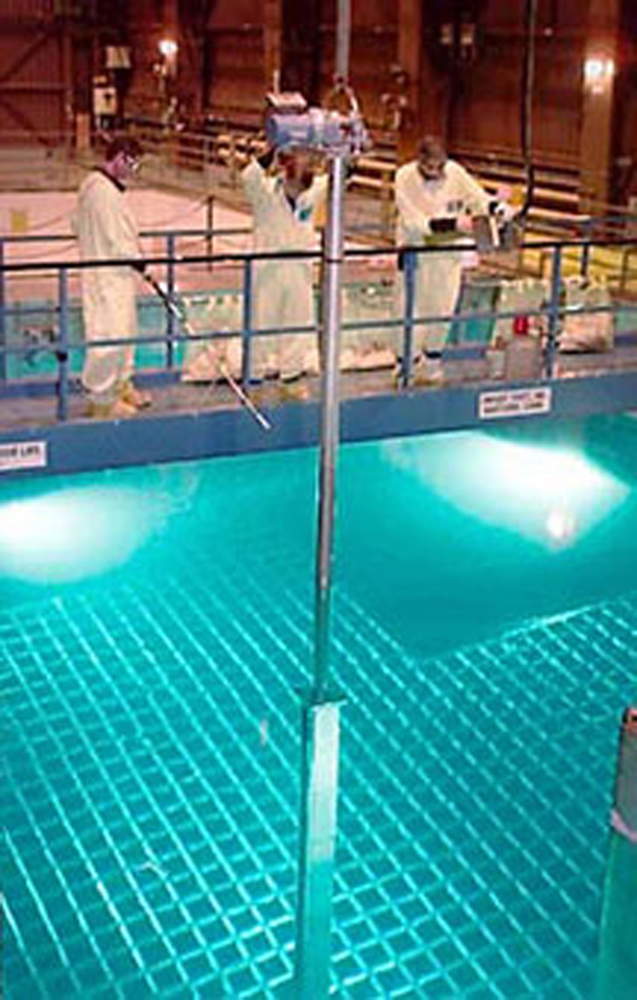| << Chapter < Page | Chapter >> Page > |
What three factors affect the heat transfer that is necessary to change an object’s temperature?
The brakes in a car increase in temperature by when bringing the car to rest from a speed . How much greater would be if the car initially had twice the speed? You may assume the car to stop sufficiently fast so that no heat transfers out of the brakes.
On a hot day, the temperature of an 80,000-L swimming pool increases by . What is the net heat transfer during this heating? Ignore any complications, such as loss of water by evaporation.
Show that .
To sterilize a 50.0-g glass baby bottle, we must raise its temperature from to . How much heat transfer is required?
The same heat transfer into identical masses of different substances produces different temperature changes. Calculate the final temperature when 1.00 kcal of heat transfers into 1.00 kg of the following, originally at : (a) water; (b) concrete; (c) steel; and (d) mercury.
Rubbing your hands together warms them by converting work into thermal energy. If a woman rubs her hands back and forth for a total of 20 rubs, at a distance of 7.50 cm per rub, and with an average frictional force of 40.0 N, what is the temperature increase? The mass of tissues warmed is only 0.100 kg, mostly in the palms and fingers.
A 0.250-kg block of a pure material is heated from to by the addition of 4.35 kJ of energy. Calculate its specific heat and identify the substance of which it is most likely composed.
Suppose identical amounts of heat transfer into different masses of copper and water, causing identical changes in temperature. What is the ratio of the mass of copper to water?
10.8
(a) The number of kilocalories in food is determined by calorimetry techniques in which the food is burned and the amount of heat transfer is measured. How many kilocalories per gram are there in a 5.00-g peanut if the energy from burning it is transferred to 0.500 kg of water held in a 0.100-kg aluminum cup, causing a temperature increase? (b) Compare your answer to labeling information found on a package of peanuts and comment on whether the values are consistent.
Following vigorous exercise, the body temperature of an 80.0-kg person is . At what rate in watts must the person transfer thermal energy to reduce the the body temperature to in 30.0 min, assuming the body continues to produce energy at the rate of 150 W? .
617 W
Even when shut down after a period of normal use, a large commercial nuclear reactor transfers thermal energy at the rate of 150 MW by the radioactive decay of fission products. This heat transfer causes a rapid increase in temperature if the cooling system fails . (a) Calculate the rate of temperature increase in degrees Celsius per second if the mass of the reactor core is and it has an average specific heat of . (b) How long would it take to obtain a temperature increase of , which could cause some metals holding the radioactive materials to melt? (The initial rate of temperature increase would be greater than that calculated here because the heat transfer is concentrated in a smaller mass. Later, however, the temperature increase would slow down because the steel containment vessel would also begin to heat up.)


Notification Switch
Would you like to follow the 'College physics for ap® courses' conversation and receive update notifications?